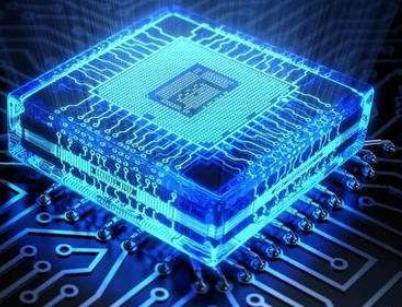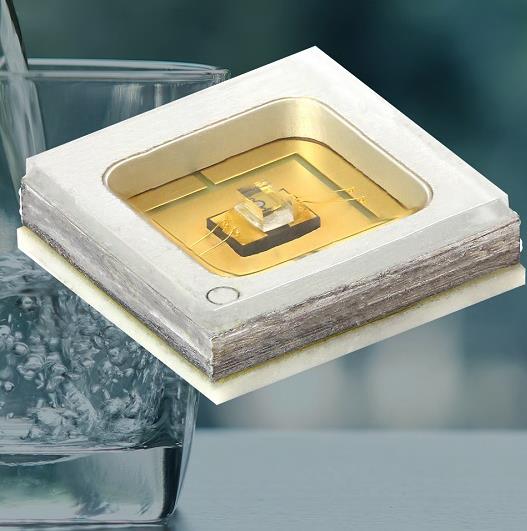 11
11
各波长紫外线中,只有短波紫外线UVC具有杀菌消毒作用,属于纯物理消毒方法,具有广谱高效、快速彻底、*添加化学药剂、不存在抗药性、**次污染等特点。
波长185nm的UVD紫外线可将空气中的氧气O2变成臭氧O3,臭氧具有强氧化作用,可有效地杀灭,但波长185nm紫外线自身不具有杀菌消毒作用。臭氧的弥散性恰好可弥补紫外线只能直线传播、消毒有死角的缺点,能够随空气到达空间的任意角落,使杀菌消毒更彻底。
紫外线杀菌原理:通过紫外线对、病毒等微生物的照射,破坏微生物机体细胞中的DNA(脱氧核糖核酸)或RNA(核糖核酸)的分子结构,引起DNA链断裂、核酸和蛋白的交联破裂,造成生长性细胞死亡和再生性细胞死亡,达到杀菌消毒的效果。其中以波长275-280nm的紫外线杀菌消毒效果。
臭氧杀菌原理:波长185nm的UVD紫外线照射空气,能够分解空气中的氧气O2分子,生成的O原子再与O2分子结合产生臭氧O3。臭氧O3具有强氧化作用,能破坏分解的细胞壁,透进细胞内氧化分解破坏葡萄糖氧化酶、核糖核酸(RNA)、脱氧核糖核酸(DNA)、蛋白质、脂质类、多糖类大分子聚合物,使的代谢和繁殖过程遭到破坏而死亡,达到杀菌消毒的效果。
UVC:
短波UVC,波长介于200~300纳米,又称为短波灭菌紫外线。它的穿透能力弱,无法穿透大部分的透明玻璃及塑料。日光中含有的短波紫外线几乎被臭氧层完全吸收,在到达地面之前就被臭氧层吸收了。
对人体伤害程度:大自然中的UVC由于未到达地面就被臭氧层吸收了,对皮肤的影响可以忽略,但其实短波紫外线对人体的伤害是很大的,不可以直接照射人体。若直接照射,短时间照射即可灼伤皮肤,长期或高强度照射还会造成皮肤。
应用领域:紫外线杀菌灯发出的就是UVC短波紫外线。短波紫外线被广泛应用于医院,空调系统,消毒柜,水处理设备,饮水机,污水处理厂,游泳池,食品饮料加工及包装设备,食品厂,化妆品厂,奶制品厂,酿酒厂,饮料厂,面包房和冷藏室等领域。
行业里面说的UV杀菌灯都是UVC杀菌灯。因为只有UVC杀菌效果,所以UV汞灯和UVLED的基本上都是采用UVC波长254nm杀菌。UVLED的光源一般都偏260-275nm
Notes:
1. The LEDs can be soldered using the reflow soldering or hand soldering method. The recommended hand
soldering condition is 300°C max and 2secs max, only once, and the operation of reflow soldering is only up to
three times at maximum.
2. All temperatures refer to topside of the package, measured on the package body surface.
3. The soldering profile could be further referred to different soldering grease material characteristic. The grease
vendor will provide this information.
4. A rapid-rate process is not recommended for the LEDs cooling down from the peak temperature.
5. Although the recommended reflow conditions are specified above, the reflow or hand soldering condition at the
lowest possible temperature is desirable for the LEDs.
6. LiteOn cannot make a guarantee on the LEDs which have been already assembled using the dip soldering
method.
7. Recommend printed circuit board attachment pad specification tolerance ±0.1mm.